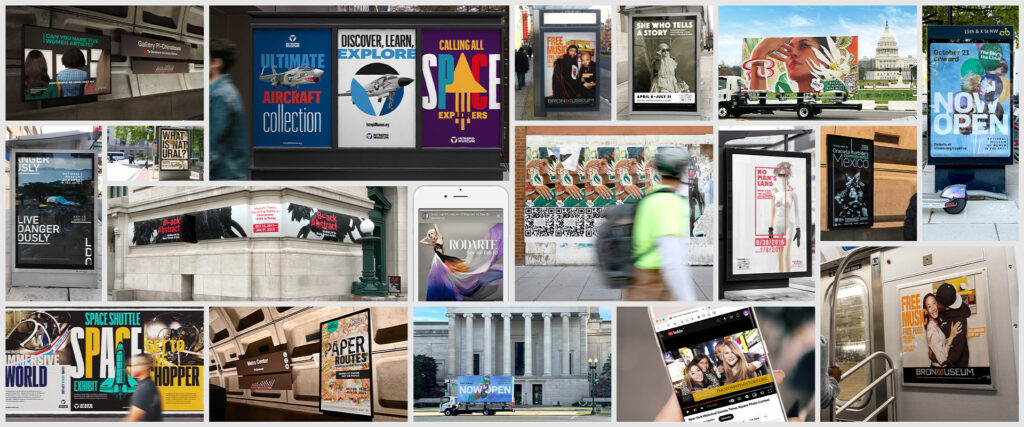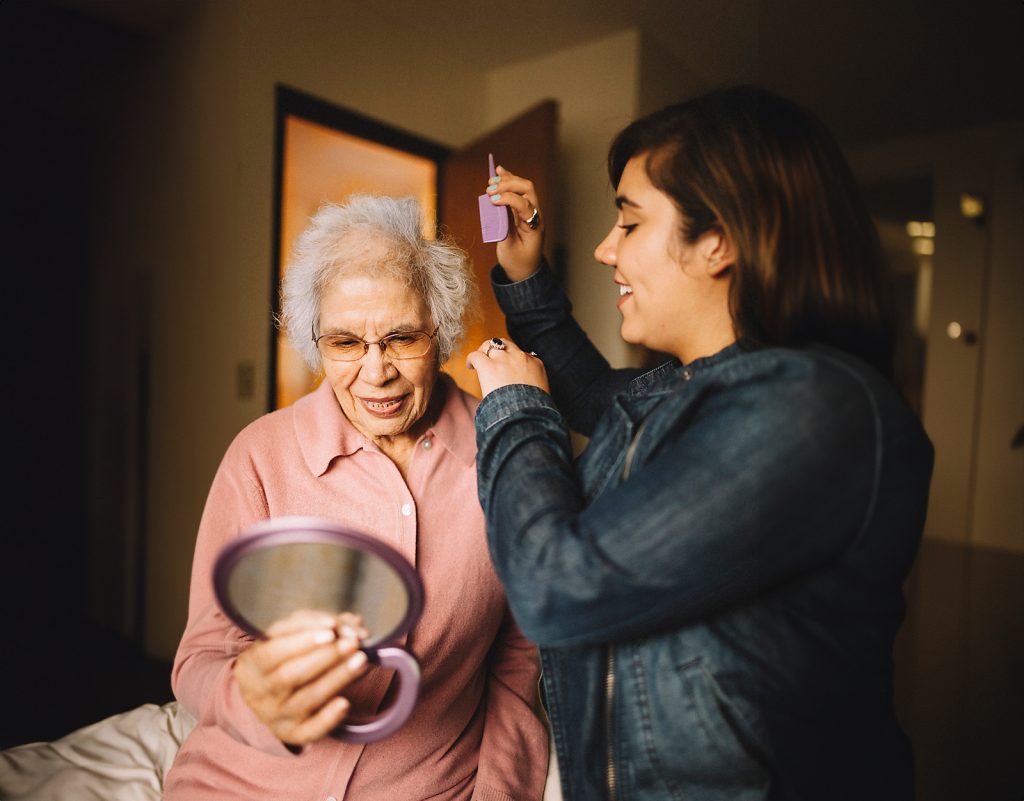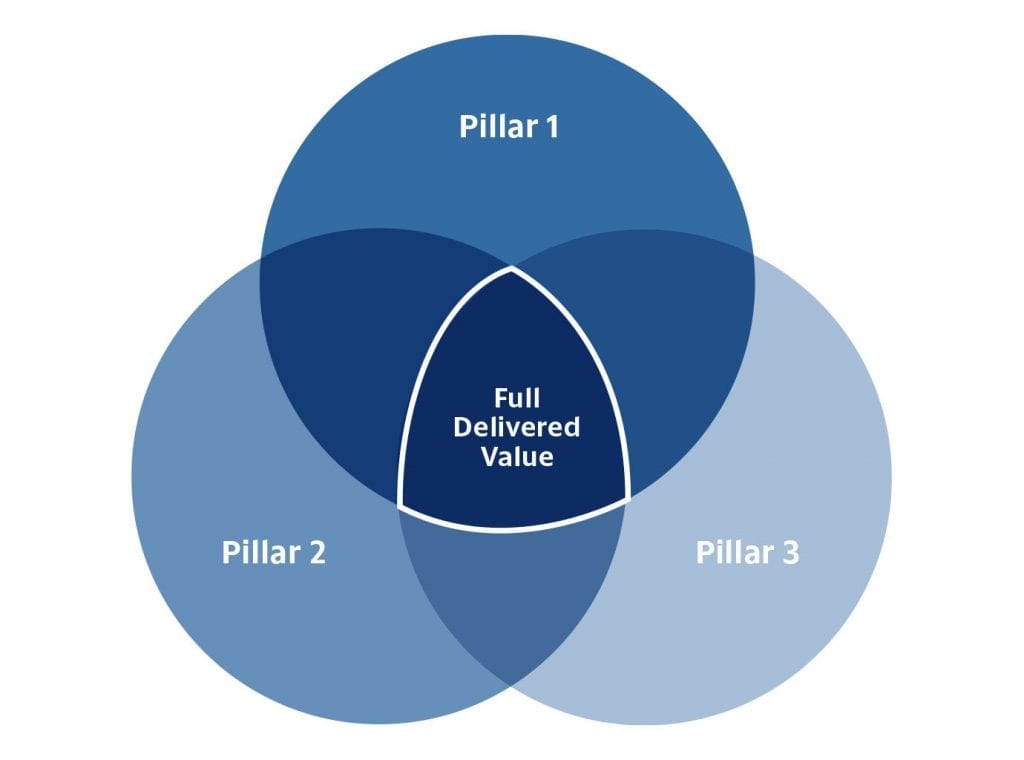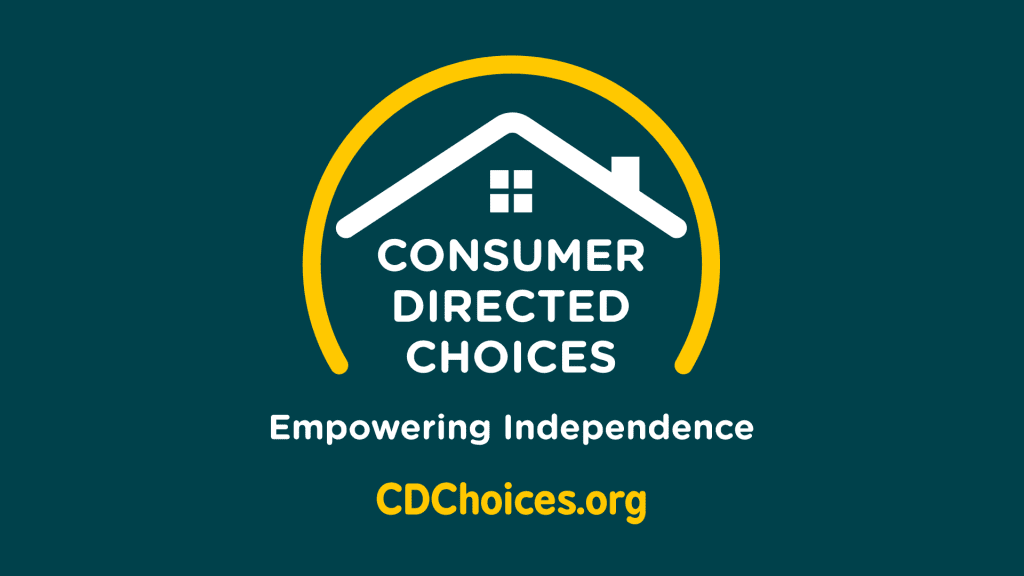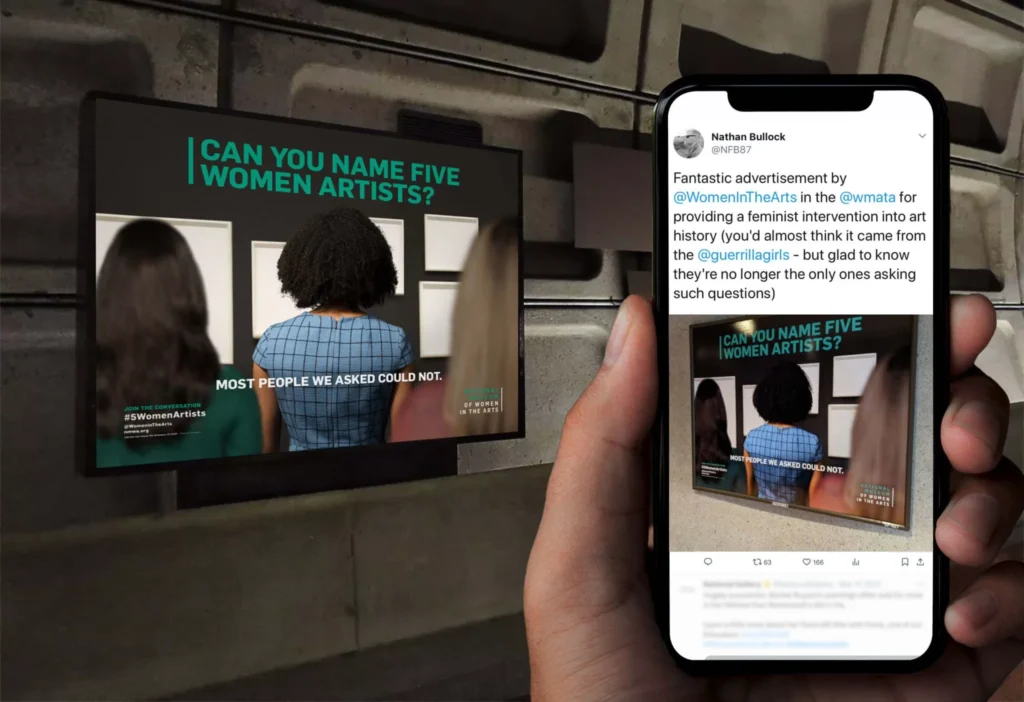In an era of constant debate about the “best” healthcare system, learning about different models is crucial. From free market principles to monopolistic practices, how do these approaches impact things ...
Ask for help.
We are kind, thorough and ready when you are. You just need to ask.





